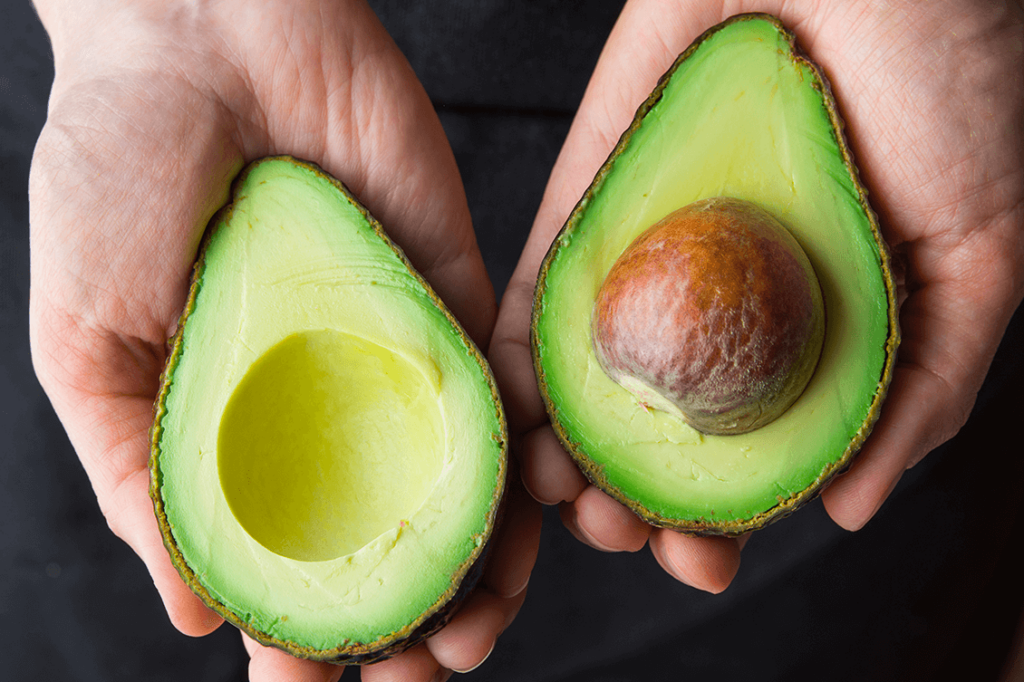Should you freeze an avocado? What about pineapple?
Ecuador is tops for avocados. As I wrote in December, avocados are one of the most healthful foods on earth, and here in Ecuador, we’re in ‘avocado heaven’! They’re quite inexpensive, fresh, and so abundant that you may want to buy a bunch and freeze some for later.
Another favorite fruit is pineapple. I just bought a huge one on Calle Larga for two dollars. It weighs more than four pounds!
Freeze avocados? Yes! A friend washes, drys, and will freeze a whole avocado, allow it to thaw, then use it in a recipe. Most cooking websites will advise you to cut the ripe fruit in half, sprinkle with a tablespoon of lime or lemon juice to counteract browning, then put into a Ziploc bag and freeze.
Another way is to peel and chunk a firm and ripe avocado, then place on a baking tray lined with parchment or wax paper, sprinkle with citrus juice to retard browning, and freeze — when frozen, store the chunks in a Ziploc bag. To thaw, place sealed bag in a bowl of cold water or thaw overnight in the refrigerator.
Or, peel and mash ripe avocados with a tablespoon of citrus juice and store in a Ziploc bag and freeze — another idea is to portion mashed avocado into plastic ice cube trays and freeze — then store the avocado cubes in the resealable bag.
Because avocados have such a high water content, (as well as a high fat content), freezing damages the fruit’s cells, causing them to burst, which results in a mushy texture when the avocado is defrosted. [This also happens to other fruits like papaya.]
Cook’s Illustrated doesn’t recommend freezing avocados, except for use in a recipe where the spongy texture isn’t noticeable, such as a salad dressing.
The takeaway: Don’t expect frozen avocado to even slightly resemble the texture of a firm, ripe avocado — the fruit will thaw and be spongy and soft. But, try it if you have an excess of avocados that are ripening and you have some time. EatingWell.com has a bunch of great recipes using frozen avocado, including a green smoothie.
Pineapples also very abundant and reasonably priced in Ecuador. They are very perishable, don’t let a ripe pineapple sit out for more than a day or two because unlike some other fruit, instead of it ripening, pineapple will start to ferment. But, pineapple freezes well!
Check the bottom of the fruit for signs of mold, and if you can hold it first, check for any soft spots — if you find any, it’s too ripe, so choose another. My favorite way of cutting a pineapple is to cut the top and bottom off, cut in half, slice off the rind, cut the halves into half, slice off the core, and then into chunks. Some people save the cores for juicing.
Freeze pineapple the same way you’d freeze chunked avocado — this works well for all firm fruits like peaches, kiwi, mango, and apples — sprinkle lemon or lime juice on chunked ripe fruit to retard browning and then freeze — rather than in a plastic bag I freeze chunked pineapple in a plastic container with a securely-fitting lid. Thawed, like avocado, the texture will be kind of mushy (drain off the water), but pineapple tastes deliciously sweet and works great in baking, or hot cereals, or use to make pineapple jam or chutney.
The takeaway: Frozen pineapple is very versatile and can be used in a number of different ways, from smoothies to desserts, to a delicious sweet ingredient in your hot breakfast cereal. Here’s a vegan recipe for pineapple whip! Make sure to start with ripe fruit, and make sure to store in an airtight plastic container.

____________________________
Food, Nutrition, and Your Health columnist Susan Burke March moved to Cuenca after 35 years as a Registered and Licensed Dietitian and Certified Diabetes Educator in the United States. She currently serves as the Country Representative from Ecuador for the Academy of Nutrition and Dietetics.
Susan helps people attain better weight and health, and reduce the risk of heart disease, diabetes, and other conditions that can be improved with smart lifestyle modifications. Contact her at SusantheDietitian@gmail.com
Food, Nutrition, and Your Health columnist Susan Burke March moved to Cuenca after 35 years as a Registered and Licensed Dietitian and Certified Diabetes Educator in the United States. She currently serves as the Country Representative from Ecuador for the Academy of Nutrition and Dietetics.
Susan helps people attain better weight and health, and reduce the risk of heart disease, diabetes, and other conditions that can be improved with smart lifestyle modifications.
Susan is offering “Free” 20-minute consultations for just a $15 donation to one of the important foundations here in Cuenca. It’s a perfect time to address issues such as cooking at home, strategies for weight loss, or boosting your immunity by improving your diet.
Contact her at SusantheDietitian@gmail.com






















